In a world where the fabric of culture is intricately woven with the threads of history, fashion emerges as a profound narrative of expression, identity, and transformation. “Unraveling Style” invites you on a captivating journey through the ever-evolving landscape of attire, examining how clothing transcends mere function to embody the ideologies, aspirations, and sentiments of different eras. Through the eyes of a true enthusiast, we will delve deep into the archives of fashion, uncovering the stories behind iconic garments and the cultural movements that birthed them. From the opulence of royal courtly attire to the rebellious edge of streetwear, this exploration not only highlights the aesthetic allure of fashion but also its power to reflect social change. Join us as we stitch together the rich tapestry of fashion history, revealing the layers of meaning that lie beneath the surface of style.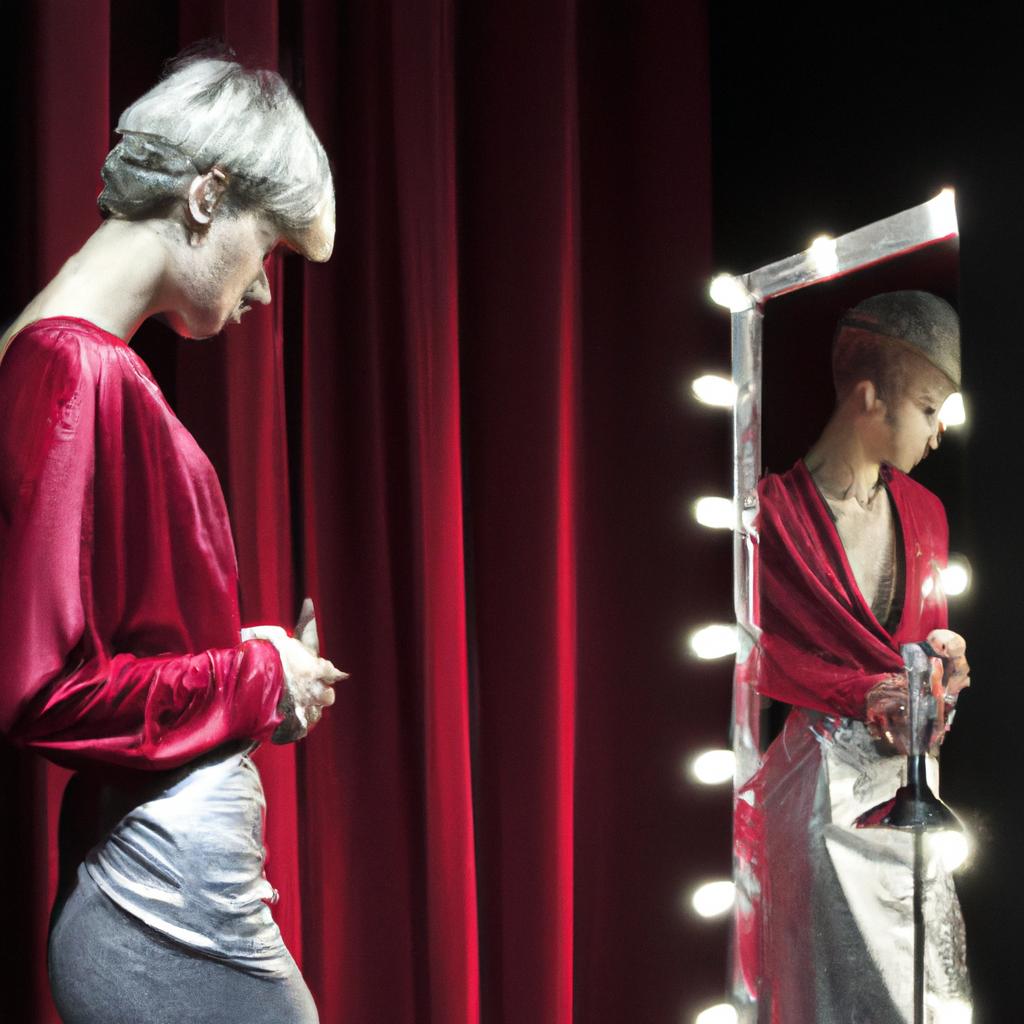
Unveiling Timeless Trends: A Journey Through Iconic Fashion Eras
Fashion is a living archive, a canvas painted with the colors of history, culture, and societal shifts. Each era has its unique style that not only defines the aesthetics of the time but also reflects the priorities and values of society. For instance, the Roaring Twenties captured the spirit of liberation and defiance with flapper dresses and bobbed hair, while the 1950s celebrated femininity and domesticity through cinched waists and voluminous skirts. The explosion of personal expression in the 1970s saw a blend of bohemian styles and punk elements, showcasing a world that embraced individuality and rebellion.
As we traverse these historical landscapes, we notice how fashion serves as a mirror to our evolving identities. The impact of technology in the 1980s, with its bold colors and the advent of synthetic materials, is a stark contrast to the minimalist aesthetic of the early 2000s, which hinted at globalization and fast fashion. Furthermore, the resurgence of vintage styles today illustrates a longing for nostalgia, motivating designers to reincarnate past trends into modern wardrobes. Through this exploration, we come to appreciate not just the garments, but the stories they tell about the human experience and the intricate tapestry of cultural interchange.
| Era | Key Features | Influence |
|---|---|---|
| 1920s | Flapper dresses, bobbed hair | Liberty & revolution |
| 1950s | Cinch waists, voluminous skirts | Femininity & domesticity |
| 1970s | Bohemian & punk styles | Individuality & rebellion |
| 1980s | Bold colors, synthetic materials | Technology & excess |
| 2000s | Simplistic, minimalist | Globalization & fast fashion |
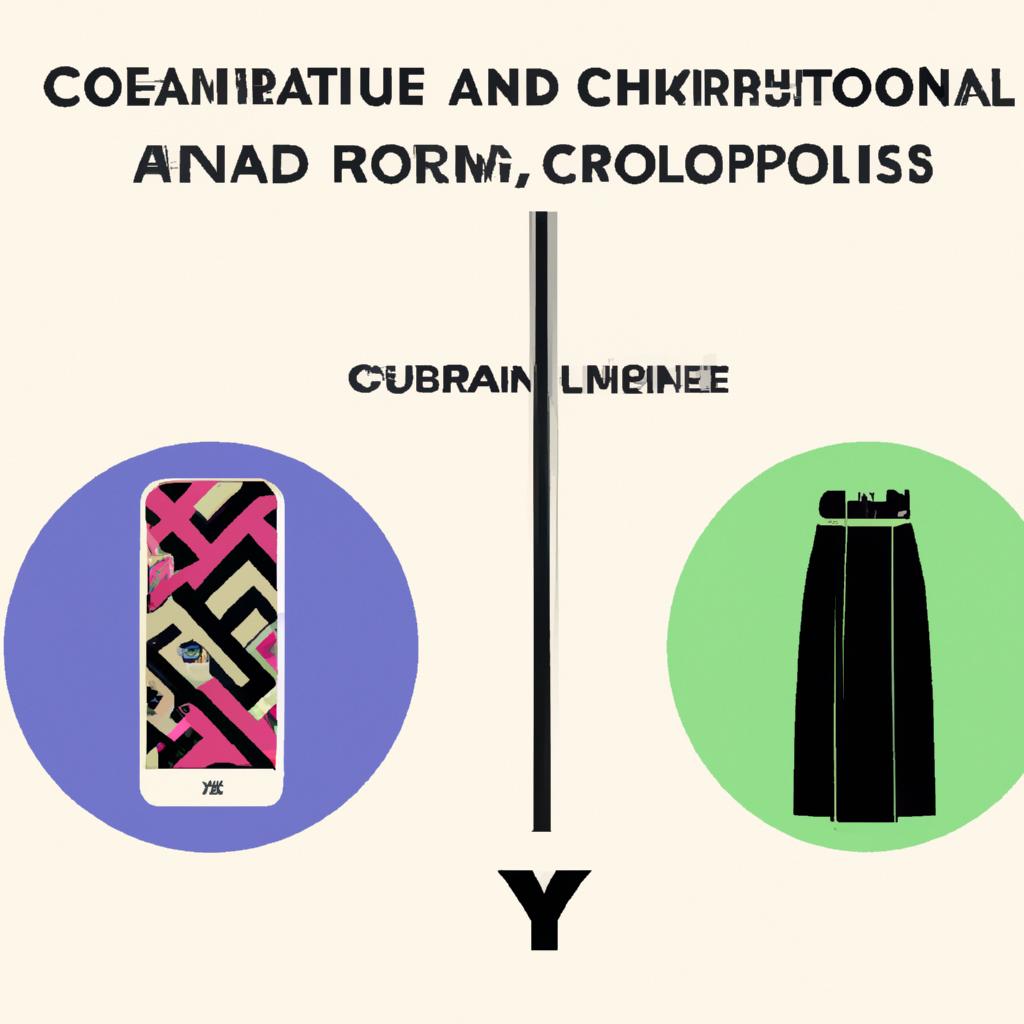
Cultural Crossroads: How Global Influences Shape Personal Style
The canvas of personal style is painted with a diverse palette of global influences, as **cultural exchange** transforms fashion into a dynamic narrative that transcends borders. This intricate tapestry is woven from **traditional garments**, **contemporary trends**, and **artistic expressions**, each a testament to shared histories and evolving perspectives. From the vibrant patterns of African textiles to the sleek silhouettes of Japanese streetwear, every piece worn tells a story of artistic interplay. Factors like **travel**, **migration**, and **digital connectivity** foster a blend of aesthetics that challenge the notions of authenticity while celebrating a collective heritage.
Furthermore, the cyclical nature of fashion often leads to **revivals of historical styles**, integrating them into modern wardrobes and encouraging reinterpretation. The influence of **social media** amplifies this phenomenon, where platforms serve as galleries showcasing styles that blend regional identities with universal themes. Consider the following elements as they come together to form the rich narrative of personal style:
| Element | Global Influence |
|---|---|
| Patterns | African prints, Paisley from Persia |
| Silhouettes | Kimono-inspired jackets, European tailoring |
| Accessories | Cultural jewelry, contemporary streetwear |
Herein lies the essence of a personal style that is not simply about **individuality**; it is about embracing and **celebrating diversity**. Personal style emerges from the interplay of these cultural dialogues, inviting individuals not just to wear fashion but to **participate in the global conversation** of identity, creativity, and expression.

The Passionate Collector: Insights from a Lifelong Fashion Enthusiast
For decades, fashion has woven itself into the very fabric of my life, laying down threads of inspiration, nostalgia, and cultural commentary intertwined with each garment I’ve collected. These pieces, whether vintage treasures unearthed from quaint thrift shops or contemporary statements from emerging designers, tell stories that go beyond mere aesthetics. The nuances of silhouette, texture, and color serve as portals to different eras and social movements, reflecting the vibrant tapestry of human experience. With each meticulously chosen item, I don’t just curate a wardrobe; I weave a narrative that connects the past with the present, showcasing how trends evolve yet remain rooted in history.
Through the eyes of a passionate collector, the world of fashion becomes a living museum, where every object is a chapter waiting to be read. I’m consistently captivated by the interplay of culture, identity, and self-expression that fashion illuminates. Consider how regional styles emerge, or how the socio-economic context shapes the clothes we wear. The following table encapsulates this relationship, highlighting key fashion movements alongside their cultural influences:
| Fashion Movement | Cultural Influence |
|---|---|
| Rococo (18th Century) | Extravagance & Opulence in European courts |
| Flapper (1920s) | Women’s liberation & Jazz age rebellion |
| Grunge (1990s) | Counter-culture & Anti-establishment themes |
| Streetwear (2000s-Present) | Urban culture & Globalization influence |
Every piece in my collection is not just an item of clothing; it’s an artifact steeped in sentiment and significance, awaiting the day it inspires another’s creative vision. As I delve deeper into this boundless domain, I find that passion serves as my guide, revealing universal themes that resonate across generations and geographies. The act of collecting becomes a beautiful mosaic of connections, each stitch binding different lives, ideas, and movements into a cohesive whole, urging us to appreciate not only style but the rich stories behind the seams.
Closing Remarks
As we draw the curtains on this exploration of fashion history and culture, it becomes clear that style is more than mere fabric and thread; it is a vibrant tapestry woven with stories, emotions, and the ever-shifting currents of human experience. Each garment carries the weight of its time, a whisper of the lives it has touched and the identities it has shaped. Through the lens of a true enthusiast, we’ve delved into the intricate interplay between aesthetics and culture, revealing how fashion serves not only as a reflection of society but as a catalyst for change and self-expression.
As we navigate this dynamic world of sartorial elegance, let us carry forward the understanding that fashion is a dialogue—an ongoing conversation between the past, present, and future. It invites us to engage with our own narratives and embrace the myriad ways we express our unique selves. So, as you step out into the world adorned in your personal style, remember: you are part of this magnificent continuum, contributing your voice to the ever-evolving story of fashion.
In closing, may your journey through the realms of style be inspired by curiosity and passion, encouraging you to not only wear your clothes but to embody the rich histories they represent. After all, fashion is not just what we wear; it is the language we speak without words, a reflection of who we are and what we aspire to be.

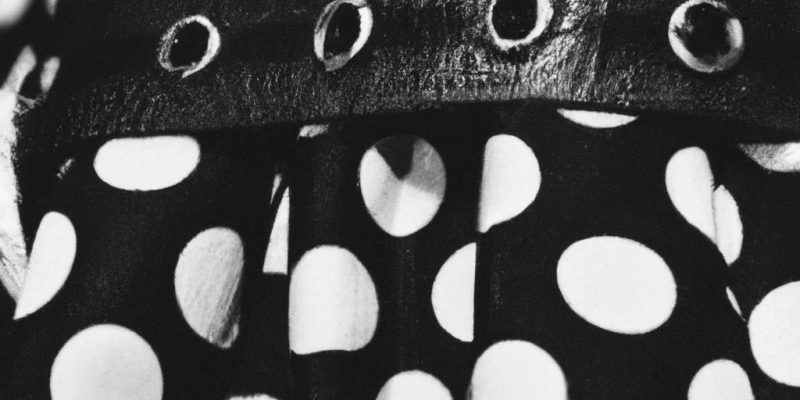




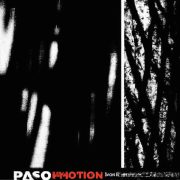
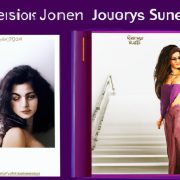






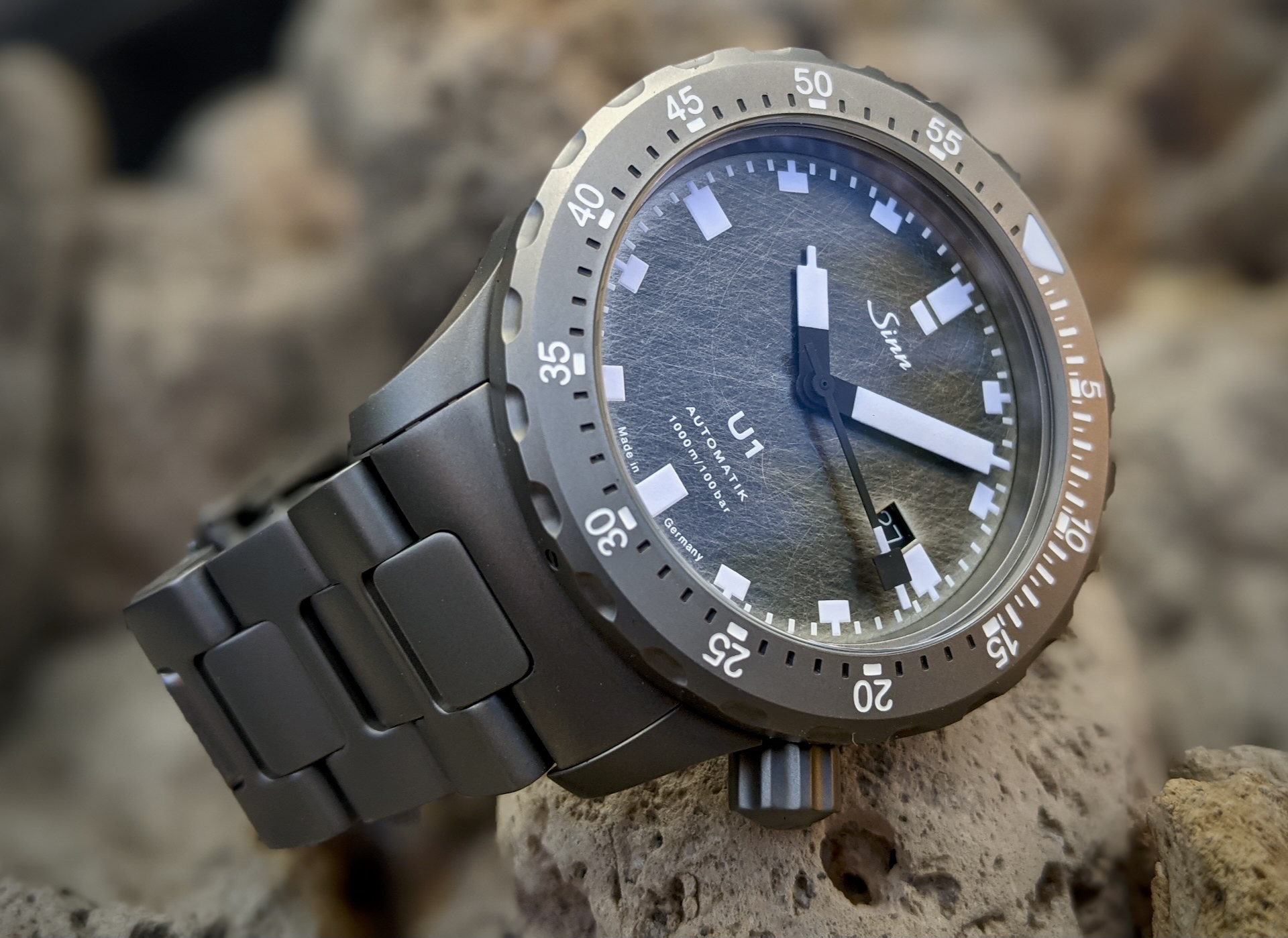

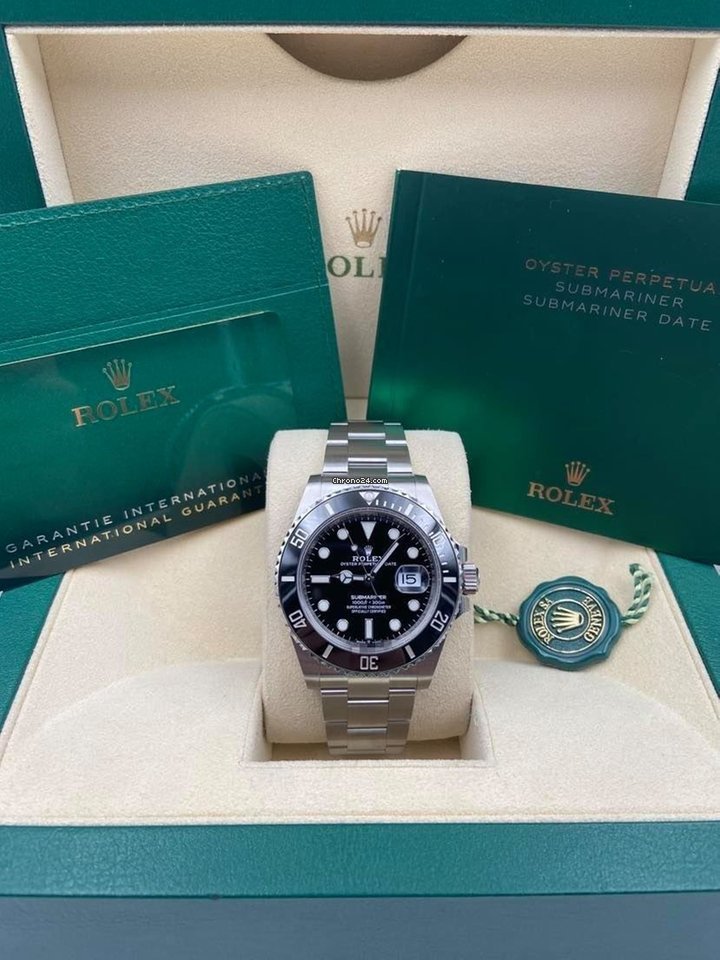


Comments